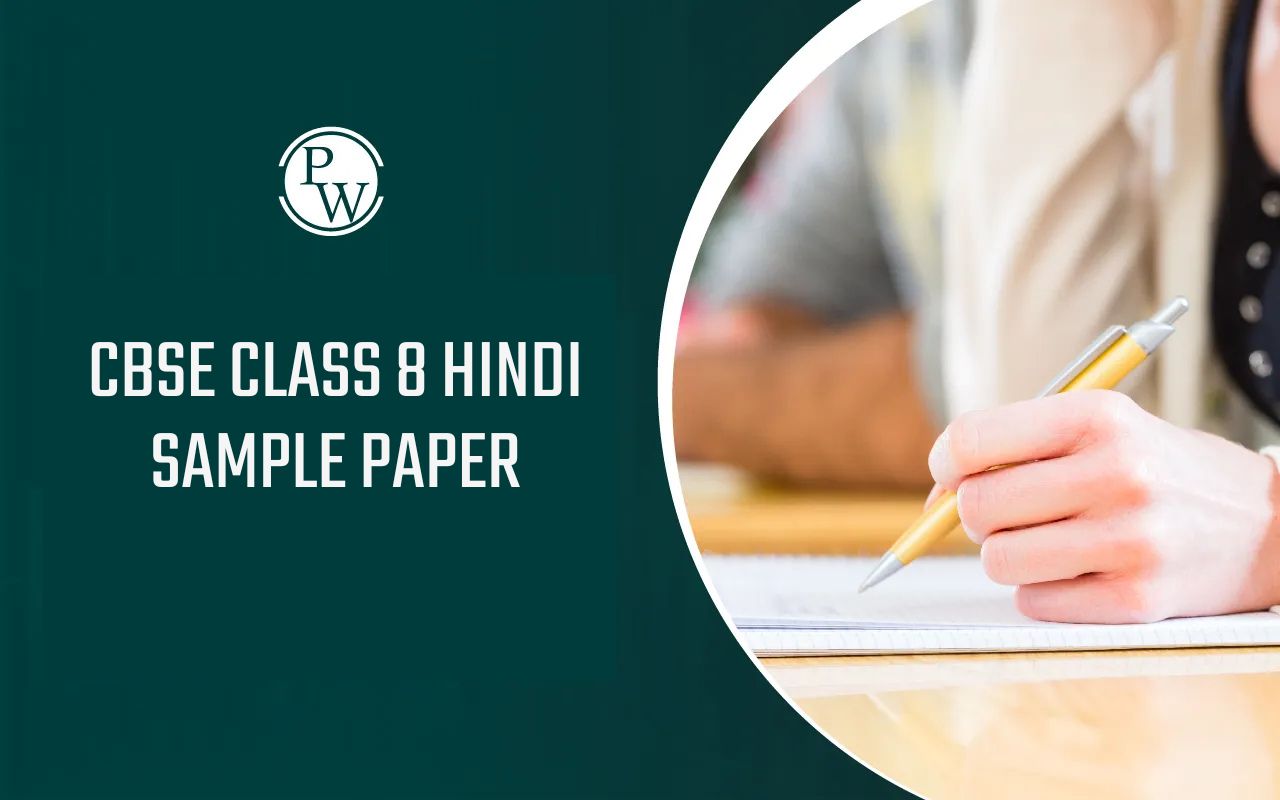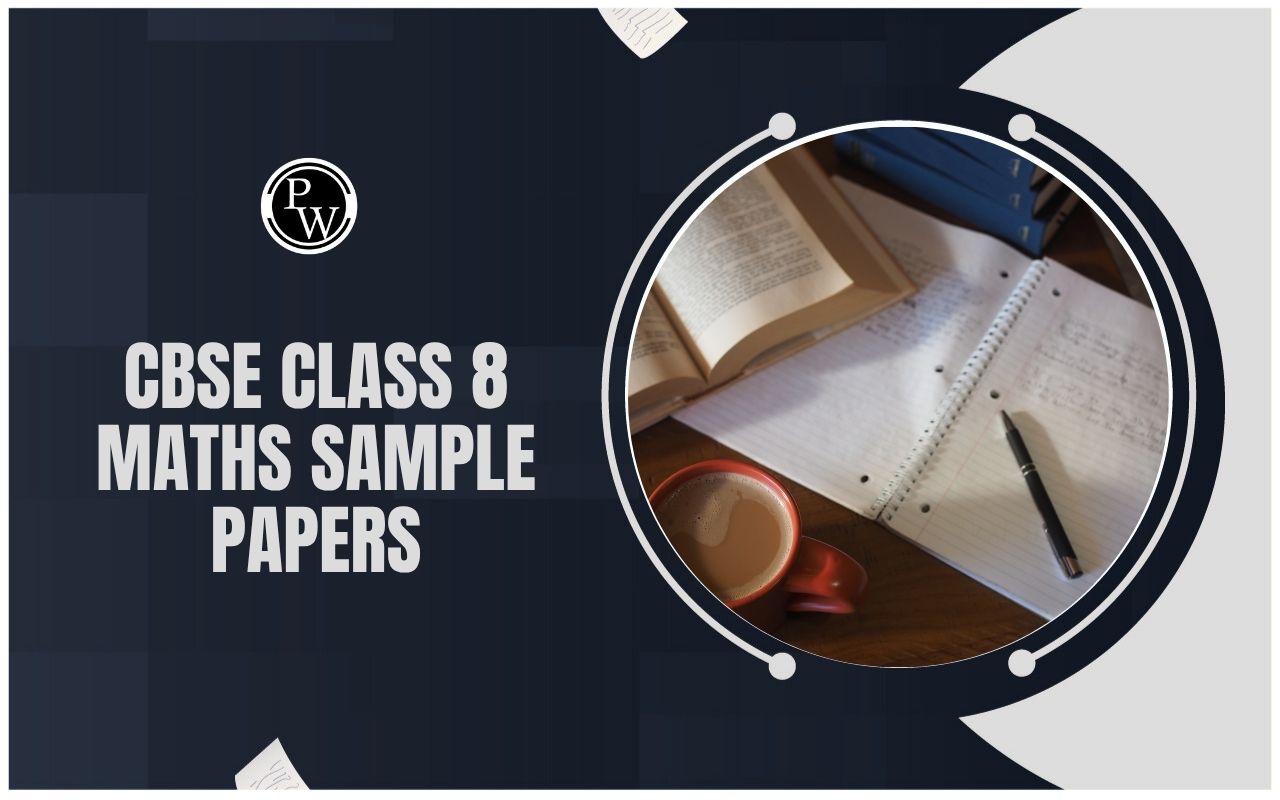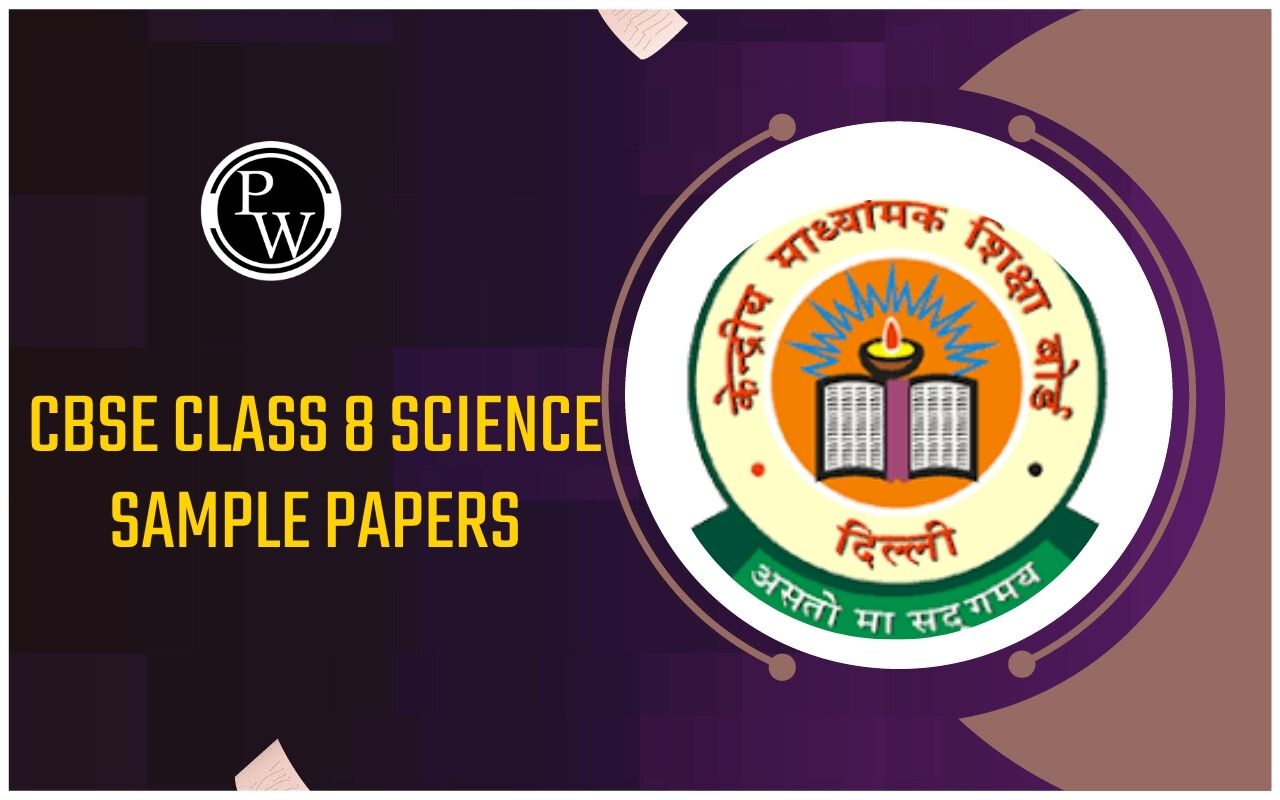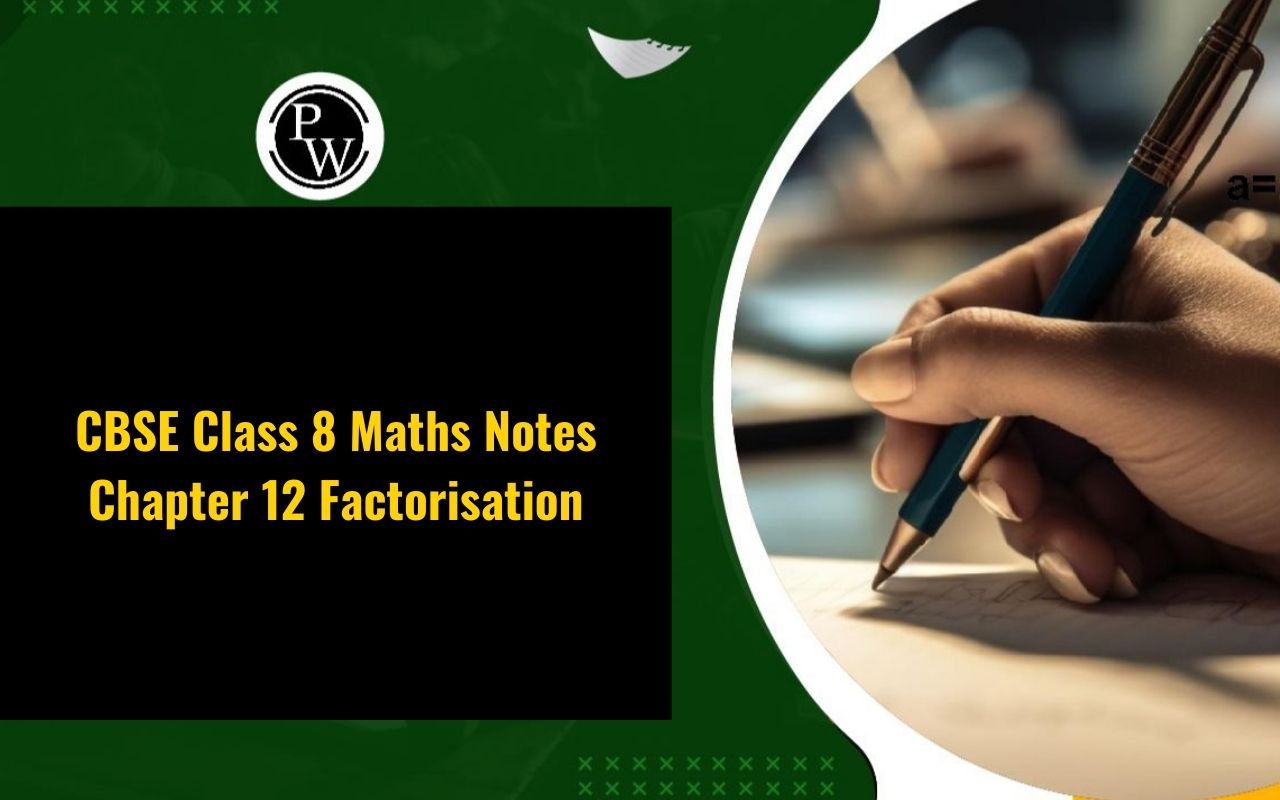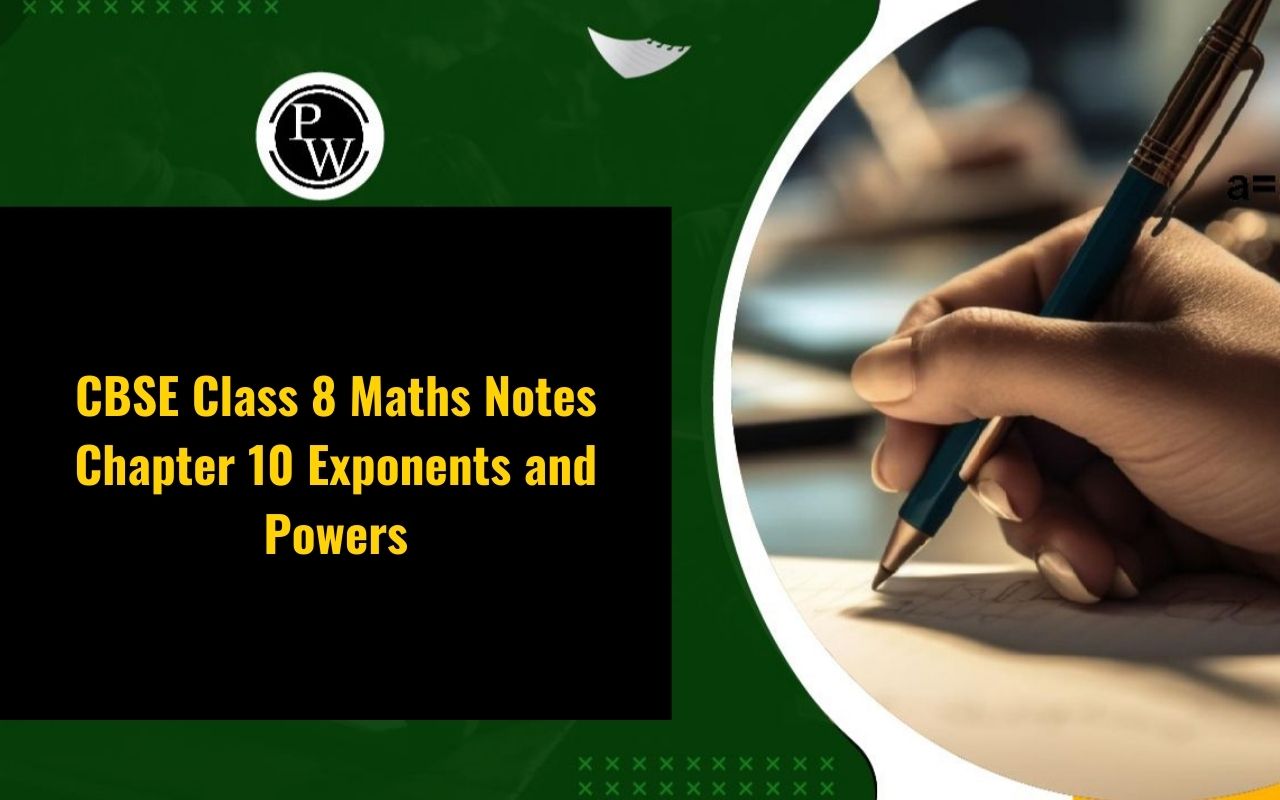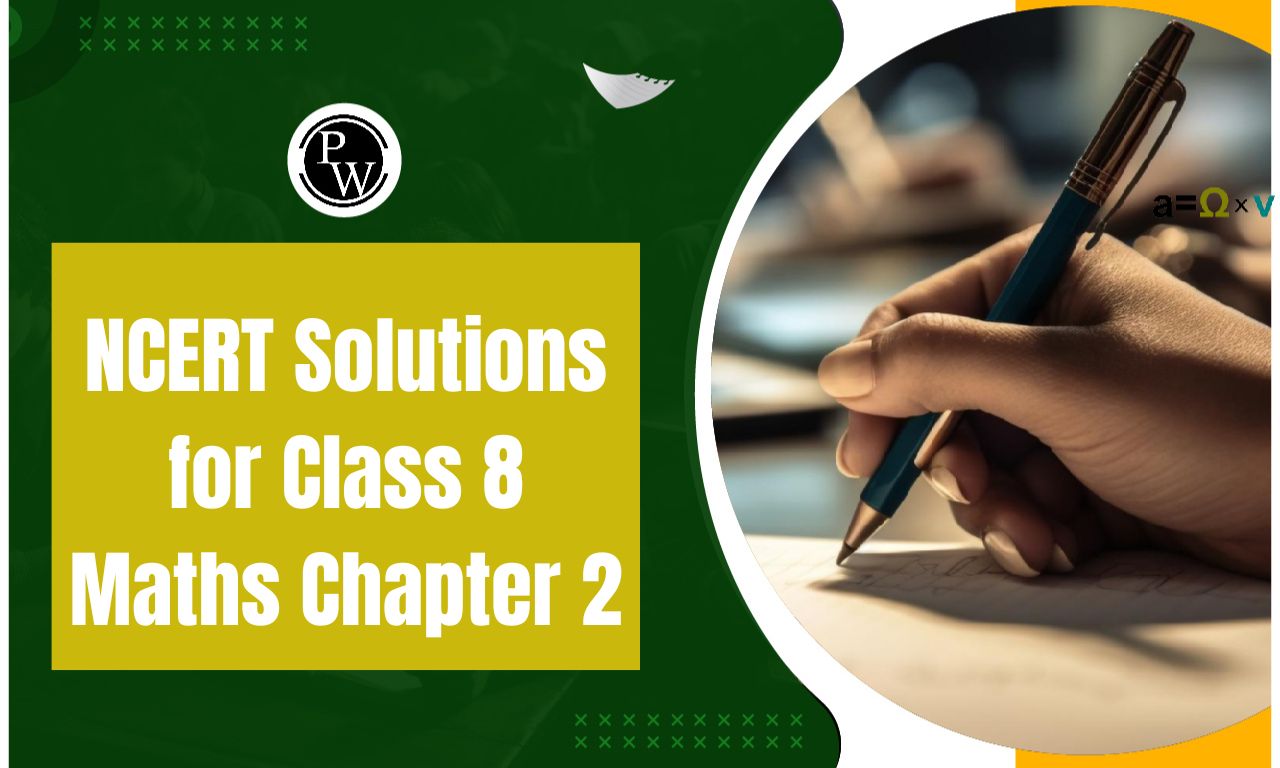
NCERT Solutions For Class 8 Science Chapter 16: Chapter 16 of the Class 8 Science NCERT Solutions Light is incredibly vital for the pupils studying in CBSE Class 8. Here are the NCERT Solutions for Class 8 Science subject 16 Science to help students comprehend the subject engagingly and easily and to answer any questions they may have.
The definition of reflection, laws of reflection, types of mirrors, the creation of a kaleidoscope, the idea of the rainbow and its seven colors, light dispersion, and the components and faults of the human eye are all covered in these NCERT Solutions. Students frequently run into multiple questions when answering textbook problems, which causes them to become confused. The NCERT Solutions for Class 8 Science is an excellent resource for helping students get all of their questions answered quickly. For this reason, the comprehensive NCERT Solutions for the textbook questions in Class 8 Science, Chapter 16, are provided here.NCERT Solutions For Class 8 Science Chapter 16 Overview
You can now download the NCERT Solutions for Class 8 Physics Chapter 16 Light PDF from our official website. To study Class 8 Science Chapter 16 Light and Class 9 Science, get the complete NCERT Solutions PDF. These solutions, which have been developed by seasoned teachers with years of classroom experience, guarantee a deep comprehension of the material. They are very skilled at answering questions, providing answers, and helping you grasp concepts quickly and simply. They have a wealth of knowledge.NCERT Solutions For Class 8 Science Chapter 16 PDF
Here we have provided NCERT Solutions for Class 8 Science Chapter 16 for the ease of students so that they can just download the pdf and use it easily without the internet. These NCERT Solutions for Class 8 Science Chapter 16 will help students understand the chapter better.NCERT Solutions For Class 8 Science Chapter 16 PDF
NCERT Solutions For Class 8 Science Chapter 16
Here we have provided NCERT Solutions for Class 8 Science Chapter 16 for the ease of students so that they can prepare better for their exams.1. Suppose you are in a dark room. Can you see objects in the room? Can you see objects outside the room? Explain.
The objects outside the room can be seen, but it is difficult for a person within a dark room to see anything inside. Light becomes visible when it reflects off of an item and hits the eyes. The object in the room will not reflect any light if it is dark. As a result, the individual is unable to see the items in the darkened room.2. Differentiate between regular and diffused reflection. Does diffuse reflection mean the failure of the laws of reflection?
| Sl.No | Regular Reflection | Diffused Reflection |
| 1. | It occurs when the surface is smooth. | It occurs when the surface is rough. |
| 2. | Reflected rays move in a particular direction. | Reflected rays scatter in random directions. |
| Example: Reflection by the plane mirror | Example: Reflection by the road surface. |
3. Mention against each of the following whether regular or diffused reflection will take place when a beam of light strikes. Justify your answer in each case.
(a) Polished wooden table
(b) Chalk powder
(c) Cardboard surface
(d) Marble floor with water spread over it
(e) Mirror
(f) Piece of paper
a) The polished wooden table with consistent reflections A recently polished surface can serve as an excellent illustration of a smooth surface. The surface of the polished oak table is smooth. b) The school white chalk powder, which diffuses reflection Because it's abrasive, chalk powder applied to a surface is an example of an uneven surface. The dispersed reflection from the chalk powder will therefore show up. c) Surface of cardboard: diffuse reflection The cardboard has an uneven surface in certain areas. Therefore, a cardboard surface will serve as the source of the diffused reflection. d) Marble flooring: Consistent mirroring One example of a regular surface would be a marble floor. Water causes the ceramic to become glossy, which causes regular reflections to occur on this surface. e) Mirror: Consistently reflecting A mirror produces a consistent reflection because of its extremely flat surface. f) Paper fragment - Widespread reflection A piece of paper may appear smooth, but its surface is rather uneven. It will provide a dispersed reflection as a result.4. State the laws of reflection.
According to the law of reflection, a) The angles of incidence and reflection are always equal to each other. b) At the point of incidence, the incident ray, the reflected ray, and the normal to the reflecting surface all intersect on the same plane.5. Describe an activity to show that the incident ray, the reflected ray, and the normal at the point of incidence lie in the same plane.
Position a plane mirror perpendicular to the table's plane on it. Punch a tiny hole in a piece of paper and hold it so that it is perpendicular to the table's plane. Opt for a dark room to do this experiment in. Take one more piece of paper and align it with the mirror by setting it on the table. On the piece of paper that is on the table, draw a line perpendicular to the mirror. Now, use a flashlight to shine light through the little opening so that the light beam strikes the normal at the bottom of the mirror. The light beam from the hole impacted on the mirror will be reflected in the light rays. It is simple to demonstrate that the incident ray, the normal line, and the reflected ray at the point of incidence all reside in the same plane by examining the piece of paper on the table.6. Fill in the blanks in the following.
(a) A person 1 m in front of a plane mirror seems to be _______________ m away from his image.
(b) If you touch your ____________ ear with your right hand in front of a plane mirror, it will be seen in the mirror that your right ear is touched with your ____________.
(c) The size of the pupil becomes ____________ when you see in dim light.
(d) Night birds have ____________ cones than rods in their eyes.
(a) A person 1 m in front of a plane mirror seems to be 2 m away from his image. (b) If you touch your left ear with your right hand in front of a plane mirror, it will be seen in the mirror that your right ear is touched with your left hand. (c) The size of the pupil becomes large when you see in dim light. (d) Night birds have fewer cones than rods in their eyes.Choose the correct option in Questions 7 – 8
7. The angle of incidence is ________ equal to the angle of reflection.
(a) Always
(b) Sometimes
(c) Under special conditions
(d) Never
The answer is (a) Always8. The image formed by a plane mirror is
(a) virtual, behind the mirror, and enlarged.
(b) virtual, behind the mirror, and of the same size as the object.
(c) real at the surface of the mirror and enlarged.
(d) real, behind the mirror, and of the same size as the object.
The answer is (b) virtual, behind the mirror, and of the same size as the object.9. Describe the construction of a kaleidoscope.
Below is a breakdown of how a kaleidoscope is made: To create a prism, take three rectangular mirror strips that are 15 cm by 4 cm (l x b) and attach them. A cardboard tube that is round has a prism placed within it. The prism should be somewhat shorter than the circular cardboard tube. Now, a cardboard disc has been used to seal one end of this circular tube. There's a hole in this disc where we can see through. Fixed at the opposite end of the circular tube is a plane glass plate. This glass plate must come into contact with the prism mirrors. Several tiny, shattered fragments of colored glass are arranged on this glass plate. A round glass plate now closes this end, giving the colored glass pieces adequate room to move.10. Draw a labeled sketch of the human eye.

11. Gurmit wanted to perform Activity 16.8 using a laser torch. Her teacher advised her not to do so. Can you explain the basis of the teacher’s advice?
Gurmit's instructor cautioned her against doing so due to the laser light's extremely high intensity and potential injury to human eyes. It can result in blindness by harming the retina. Therefore, it's best to avoid staring straight at a laser beam.12. Explain how you can take care of your eyes.
The following advice can help someone take better care of their eyes: a) Reading in both strong and dim light is not recommended. b) We ought to schedule frequent check-ups with an ophthalmologist. c) Instead of rubbing our eyes if tiny insects or dust particles get inside, rinse them out right away with cold water. d) We ought to refrain from exposing our eyes directly to sunshine. e) When reading, keep your gaze at least 25 centimeters away from the book.13. What is the angle of incidence of a ray if the reflected ray is at an angle of 90° to the incident ray?
The angle of incidence is 45 degrees if the incident and reflected rays are at a 90-degree angle. The angle of incidence and the angle of reflection are equal, according to the law of reflection. As a result, 90/2 = 45o is the angle of incidence and angle of reflection.14. How many images of a candle will be formed if it is placed between two parallel plane mirrors separated by 40 cm?
A candle placed between two parallel plane mirrors 40 cm apart will reflect light back and forth between the mirrors, creating many, infinite pictures. When two mirrors are positioned parallel to one another, an endless number of images are created.15. Two mirrors meet at right angles. A ray of light is incident on one at an angle of 30° as shown in Fig. 16.19. Draw the reflected ray from the second mirror.
 The first law of reflection is used to obtain the path of reflected light.
It can be observed that the given ray of light will reflect from the second mirror at an angle of 60
°
.
The incident ray OA reflects at point O
Since Angle of Reflection = Angle of Incidence
OO’ makes an angle of 30
0
with the normal of the first mirror
Now, drawing normal at O’
The two normals intersect at 90
0
angle
And applying angle sum property in △ OXO’
We get
The angle of Incidence in 2
nd
mirror = 60
0
Applying the law of reflection in 2
nd
mirror,
We get the below figure.
The first law of reflection is used to obtain the path of reflected light.
It can be observed that the given ray of light will reflect from the second mirror at an angle of 60
°
.
The incident ray OA reflects at point O
Since Angle of Reflection = Angle of Incidence
OO’ makes an angle of 30
0
with the normal of the first mirror
Now, drawing normal at O’
The two normals intersect at 90
0
angle
And applying angle sum property in △ OXO’
We get
The angle of Incidence in 2
nd
mirror = 60
0
Applying the law of reflection in 2
nd
mirror,
We get the below figure.
Benefits of NCERT Solutions For Class 8 Science Chapter 16
Clarity of Concepts : The solutions are presented clearly and concisely, making it easier for students to understand complex concepts. Each step is explained thoroughly, helping students grasp the underlying principles effectively.
Practice Material : NCERT solutions provide ample practice material in the form of solved examples, exercises, and additional questions. This allows students to practice different types of questions and strengthen their problem-solving skills.
Enhanced Performance : By regularly practicing with NCERT solutions, students can improve their performance in exams. They become more confident in their understanding of the subject, which reflects in their grades.
NCERT Solutions For Class 8 Science Chapter 16 FAQs
What is light class 8 short answer?
What is a regular reflection of light Class 8?
What is law of reflection class 8 science chapter 16?


